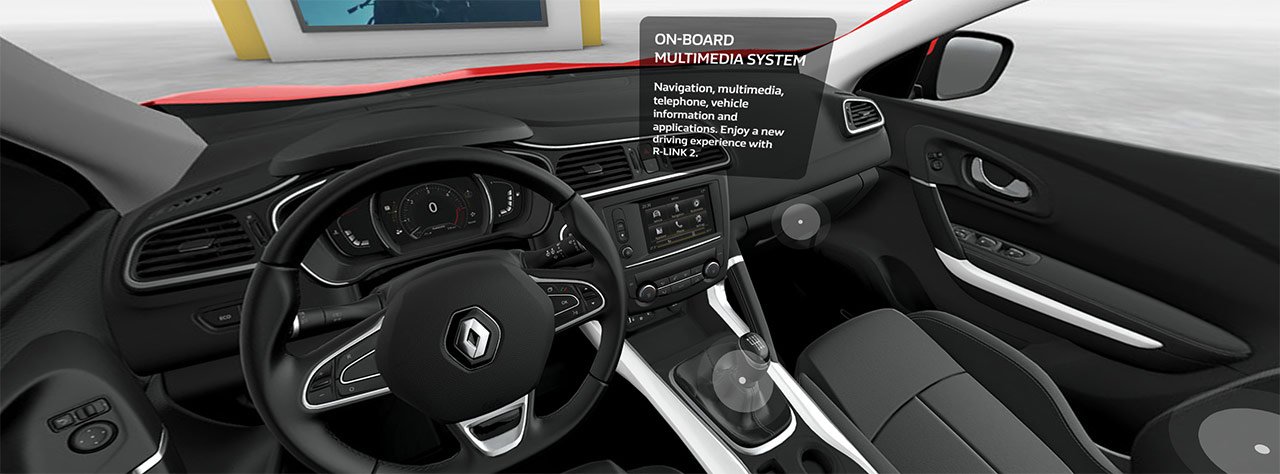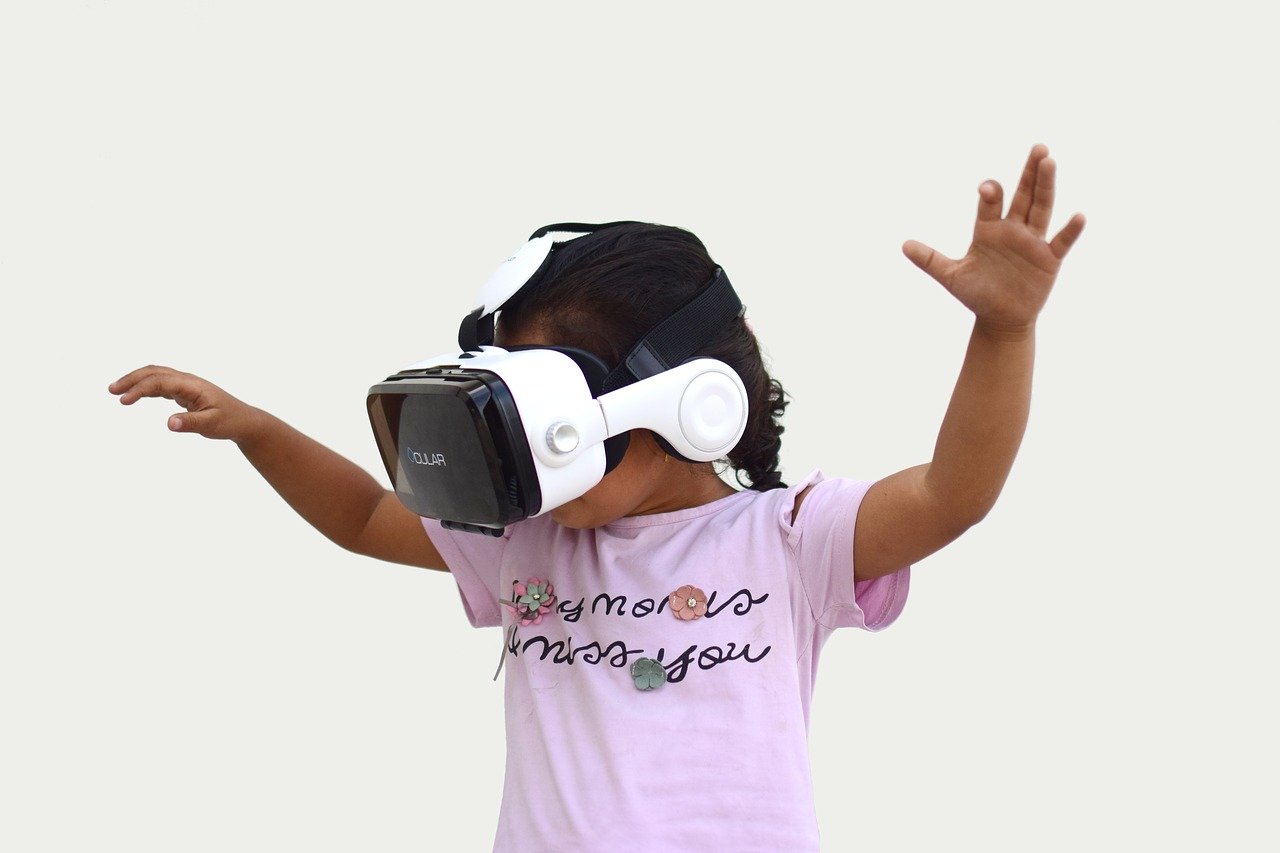

Virtual reality, in and of itself, is a revolutionary technology. Today, people are using VR to play games, experience new environments, and even watch movies.
However, you will probably agree with me on one point:
Virtual reality web browsing is not on par with other VR applications.
But, is that really the case?
As it turns out, a number of firms are working towards improving the virtual web browsing experience. Mozilla launched the Firefox Reality, a web browser compatible with VR headsets.
Users can use the mic on your VR headset to perform searches, eliminating the need for typing. The prospect is exciting.
Here, we will explore whether virtual reality for web browsing is all hype, or is it the start of a real revolution.
The thing with modern technology is that during the initial stages, there are more opponents than proponents. Same is the case with virtual reality in web browsing.
The critics of this new concept claim that there is no reason to upgrade. The existing internet browsing experience is great, and people around the world use it. Hence, introducing virtual reality into this domain would cause disruption.
However, disruption is the name of the game today. Businesses will love the idea of offering an immersive browsing experience via their web presence to their existing and prospective customers.
For one, virtual reality is in vogue. The number of users adopting this technology will only increase down the line. Therefore, it’s quite possible that a significant chunk of a business’ target audience uses VR. Through a virtual reality web browser, businesses can reach out to their audience in an innovative and unique way.
The situation is not that different from when social media became a revolutionary marketing medium.
Initially, social media wasn’t viewed as a favourable platform for marketing products and services. Some businesses bought into the idea and benefited immensely. They had, what is commonly referred to as, first mover advantage.
Businesses that adapt to virtual web browsing during the initial stages will have a lot to gain. Over time, with every business jumping on the bandwagon, the value the new technology offers does stagnate.
However, that doesn’t take away from the fact that businesses that buy into this technology from the outset will profit immensely.
In the near future, VR browsers will overrun the digital space. Users will be able to browse the internet virtually through their headsets. The success or failure of this technology depends on the consumers.
If people buy into the idea of using VR for browsing the web, the companies catering to their needs will work towards enhancing the technology.
Sitting and passing judgment on virtual web browsing is easy. The fact is that no one knows how the technology will pan out in the future.
But, are there any indicators?
Surely! The signs are all pointing towards mass adoption of virtual reality web browsing.
An increasing number of businesses are warming up to the idea of using this groundbreaking technology to showcase their brand or products.
Netflix hopped aboard the web VR bandwagon, setting up a countdown to the second season of their breakout hit Stranger Things. People were able to view the countdown on both desktop and mobile devices, via VR technology.
Renault is also buying into the Web VR experience. You can experience how their cars look and feel on your phone. Moreover, you can customize the features and layout.

Perhaps the biggest proponent of web VR in the business domain is Matterport.
Matterport is in the business of 3D cameras and the associated technology. You can use their cameras and equipment for rendering 3D spaces using real-world structures. Set up the camera and create a 3D environment, which you can then access online.
The company currently offers you an online gallery where you can sample hundreds of thousands of 3D spaces. The gallery is available directly on their site. You can view the spaces in the form of a floor plan, with 300,000 choices!
Shopify is disrupting the concept of online shopping. Currently, e-retail relies on the customer placing an order through the site and the retailer delivers the product to their doorstep.
Customers have no way to check out the product before placing the order, except reading information online.
Shopify took the first step to make eCommerce immersive for customers.
Using VR headsets, users can look at a standing desk, taking a close view of its features. At the end of the immersive experience, they have the option to make the purchase.
As you know by now, businesses and users alike are embracing the virtual reality web browser experience. However, this doesn’t at all mean that it is all smooth sailing.
In fact, you might wonder why this technology hasn’t been adopted widely.
The lack of a widely accepted virtual reality web browser is perhaps the most significant hurdle. As mentioned above, Mozilla offers a browser compatible with web VR.
Chromium is another option you can explore. You will require an app to access any website.
Not to mention, the current VR headsets weren’t designed to facilitate the web browsing experience. The main purpose of this equipment is enabling people to enjoy immersive leisure activities.
In fact, a majority of people use VR for watching movies and playing games.

There are some innovations in the way VR headsets are used. For example, filmmakers are using VR technology during the production of The Lion King. Shot primarily on green screen, VR allows actors and the crew to view the final simulation of the environment that the audience will see after release.
This development provides encouragement for the average user. In the context of VR web browsing, typing can be a challenge. The keyboard is not visible. Users have to type by touch.
The bigger question in this scenario is whether or not the web is actually VR-friendly.
The obvious answer is NO. But, why are companies investing billions in web VR technology?
Turns out, things will get better down the line. Around the time the internet proliferated society, the concept of VR browsing didn’t even exist.
In fact, even going back five years, you would only hear hushed whispers of the technology.
The obvious impact of this general attitude is that the internet is not VR-friendly. The content available on the web today is 2D.
The technology has to evolve, including the backend. New languages may be necessary to ensure that VR web browsing becomes a reality.
So, should you temper your excitement?
Reading about these challenges might make you feel that web VR is a bridge too far. Rather than a revolution, the concept of the VR web browser is perhaps just hype.
However, if you go back a few years, did you have a curved monitor connected to a desktop computer? Did the modem beep when you tried connecting your computer to the internet? And did you even have a cell phone?
Well, today, you are probably using a smartphone with a screen not bigger than 5 or 6 inches.
You don’t see the conventional screens anymore, with LED flat screens ruling the market.
Internet connectivity has exploded and is poised to reach every corner of the world.
Considering these seismic changes over the past couple of decades, you cannot write VR web browsing off. You have to be optimistic and assume that the technology will achieve large-scale adoption, leading to a true revolution.
But, the revolution needs to be preceded with an evolution of the current technology, particularly with regards to the current VR hardware.
Several developments show that web VR is a technology of the future.
Look:
Every new technology generates some controversy. A majority of users don’t appreciate the change.
Yet, disruption is the name of the game. You can see it in all forms of technology, not merely VR.
The key indications of virtual reality in web browser proving a game-changer include
Web VR signals the start of a real revolution for two reasons:
Businesses that embrace the technology will gain a definite advantage on the competition.
The only reason the technology might fail is if the VR hardware doesn’t come up to scratch.